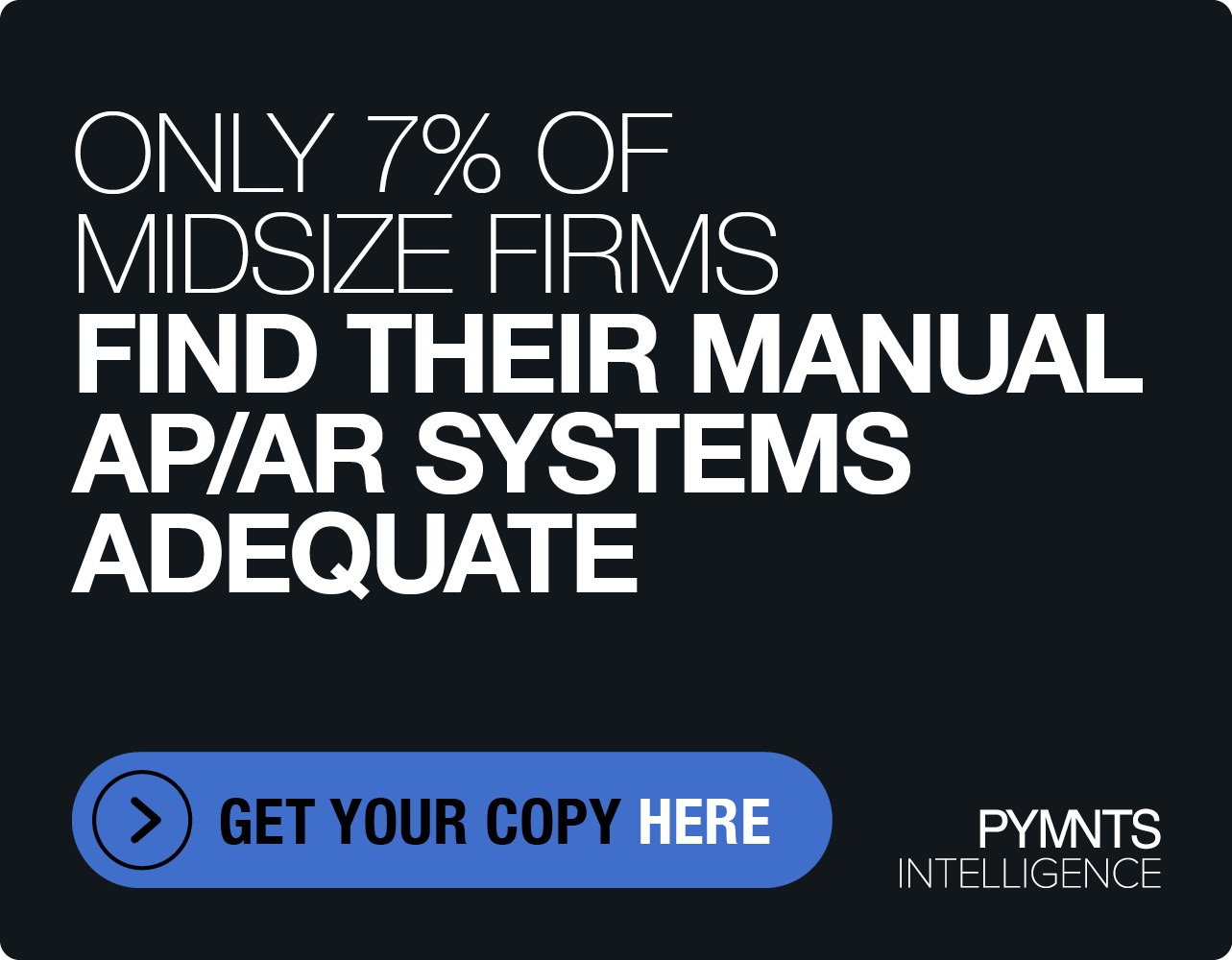Why The Future Of Payments Is Interoperable (Not Integrated)

When one person is thinking about sending an email to another, there are all kinds of things to think about: how long or short to make it; whether or not to include pictures; whether an emoji is cute or will make them look immature.
But what no one wonders about as they tap out an email on an iPhone is whether or not the receiver also has an iOS-enabled phone. No one ever pauses to ask — wait, should I check and make sure that their carrier network can receive messages sent from a Verizon phone?
Because, as Modo Payments CEO Bruce Parker explained to Karen Webster in a recent Topic TBD conversation, that would be just an incoherent question to ask — because the data is totally irrelevant to the sender and receiver.
“If I send you a message, there is all kinds of interoperability happening in the background that is moving the data from one network to another and one platform to another. We don’t really need to know each other’s choices on that — the message just goes through.”
But in the world of payments, Parker noted, that level of interoperability is still more a future tense experience than anything anybody is routinely taking advantage of today. Moving data — like an email — is more or less platform-blind at this point. Moving money, on the other hand, is not.
“If I bring that back to payments, say I want to use a card product on a specific network. If the person I want to transact with isn’t on that network — they are not in a position to take my payment, and they are not going to be able to complete the transaction. When it comes to payments, what people want but often don’t have is the ability to initiate the transaction in one mode and have it show up in another mode without having to worry about what is happening in the middle to get it there.”
But for that ability to be usable, Parker told Webster, the ecosystem needs to change paradigms a bit. Right now, he said, payments is dominated by questions about integrations. What it should be focused on instead is how to make payments systems interoperable.
Integrations Vs. Interoperability
Integrated and interoperable, Parker says, are similar concepts that tends to be used interchangeably to generically mean “a thing one does to make system A talk effectively to system B.”
But, Parker said, how those systems “talk” to each other makes a big difference.
“Integration, as I use it, means taking different things and making them the same — putting them on the same path, speaking the same language. Interoperable systems, on the other hand, don’t have to be similar, don’t have to “speaking the same language” — but they can still effectively hand off data and move things from one endpoint to another.
Financial services, he notes, is full of integrations. Bank networks, card networks, digital wallet providers — all things that are integrated so that they “become like and like.” Interoperability, he notes, is more rare at this point in the payments industry so that it is genuinely difficult in a lot of cases to “deliver a new method of payment in an new environment where no one knows what to do with it.”
And the problem with that, according to Parker, is that while integration after integration gets the job done — it doesn’t get it done all that efficiently as each new method needs another end-to-end integration built and then supported over time. In a world where there are one of two payment methods, that may not seem like much of a problem. But in a world with thousands of different payments methods — that number of end-to-end integrations becomes impractical.
Moreover, he notes, just getting all the connections built to even get the integrations started is extremely time consuming.
“If you look at PayPal — it took them 15 years to get to the point where they are building out integrations to all the major players worldwide. Or if you look at Alipay today, they are literally having to go door to door to talk to merchants, banks, acquirers and gateways — these folks have to keep showing up in all these different environments. This is why even great ideas in payment can take forever to get up and running.”
A better experience, Parker noted, is an interoperable one where both the sender of value and the receiver of value can pick — independent of each other — their favored vehicles for disbursement and receipt of funds, and rely on the fact that the funds will move between those two point without either the sender or receiver having to do a lot of extra work or exchange a lot of superfluous information.
Smoothing Out the Process
Because the economy — and the use cases where payments are necessary — are changing rapidly, Parker noted.
Take, for example, the content producer on YouTube who Google needs to pay out once a month. Google wants to make that payment from its Bank of America accounts — because that is what’s most rational for them.
“And while it might be just a great idea for the YouTuber to get a Bank of America account of a lot of reasons, that might not be their preferred method — because they don’t want to give out their bank account number to Google, who by the way, probably doesn’t want to be in charge of storing it because that commits them to a lot a regulatory oversight.”
Multiplying that issue across millions of YouTube users with different payment preferences makes the problem clearer — some vendors wants to be paid on PayPal, some want to be paid via Klarna, others like Alipay, and then some want to be able to pick up cash at a designated agent.
“Google doesn’t really care what the other endpoint wants, they just want to be able to disburse value and move on. The YouTuber doesn’t care how YouTube is dispersing funds — they just want to get paid. In an integrated system, they have to talk to each other to make that transaction happen in the middle. In an interoperable system, Google needs an email address so it can disburse funds — and then alert the payee so they can chose how they want to receive them.”
The goal, and what interoperable payments makes possible, is for the payor and payee to basically make whatever choice they want — and then being able to rely on the industry to solve for the transit back and forth between old and new payment networks so that on the user end it feels seamless.
Growing the Pie — Instead of Disrupting the System
“I’m not a disruption is required type of guy,” Parker told Webster when asked about how Modo Payments — which works with banks to make interoperability work — is disrupting their segment.
Disruption is exciting, Parker noted, and at times even necessary. But demanding it in every financial services innovation misses an essential point — financial services is regulated in such a way that big, fast and flashy disruptions aren’t common or even all that useful.
“We think the reality is that we are going to have the payments rails we have today 30 years from now. They might not be as primary as they are today — but they aren’t disappearing.”
In a similar vein, he told Webster, banks as the licensed holders of digitized fiat currency is also not a system that is changing anytime soon — no matter what the bitcoin boosters tell you. Licensed, compliant banking institutions as society’s designated holders of value is a system that central banks and the governments that support them are very committed to.
“There are a lot of tanks on a lot of continents that will in fact go to war to defend that idea. I think there are a lot of people out there who are willing to talk for bitcoin — I don’t see anyone who is willing to literally go to war and bleed for bitcoin.”
Which means that for Modo Payments, the critical idea is not how do they “take food from someone else’s table,” but instead how do they free everyone up to do the job they want to do with the best tool for the job. No one has to have less, Parker notes, if the pie itself grows.
“I think we have a lot of substituting going on with different payment methods that no one really likes — checks and ACH spring to mind — that we keep around because we need specific things out of those methods.”
But, Parker says, the hope is that in an era where payments are interoperable — as opposed to merely integrated — no one will have to jerry-rig a solution into place because they will be able to just pick what they want, and count on it to work on the backend.
“If we can free the ecosystem up so that everyone can make the choice they want and partner with whom they want and still have the assurance that they can complete the entire lifecycle for those they want to send or receive value from, that is a win for the whole ecosystem.”
